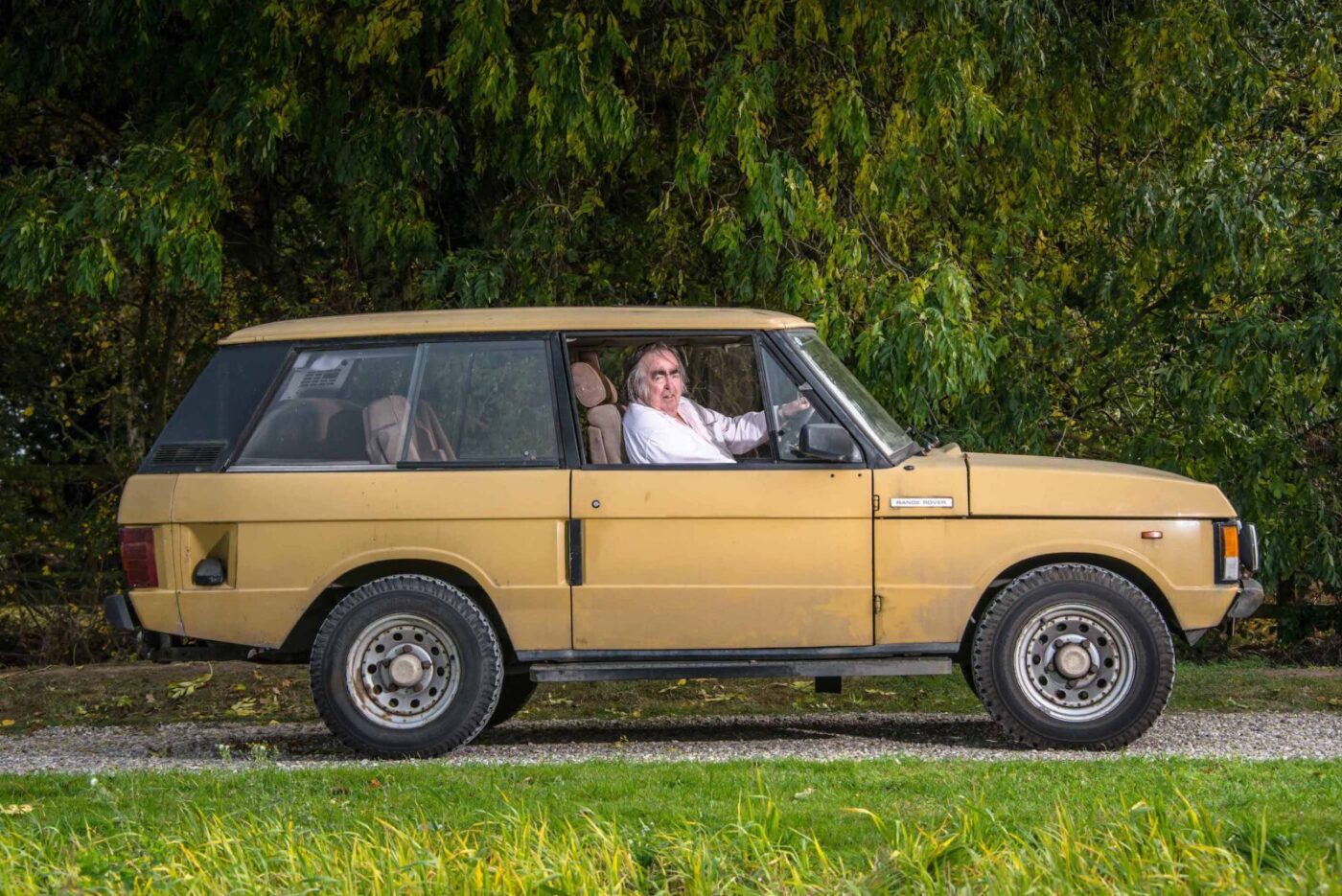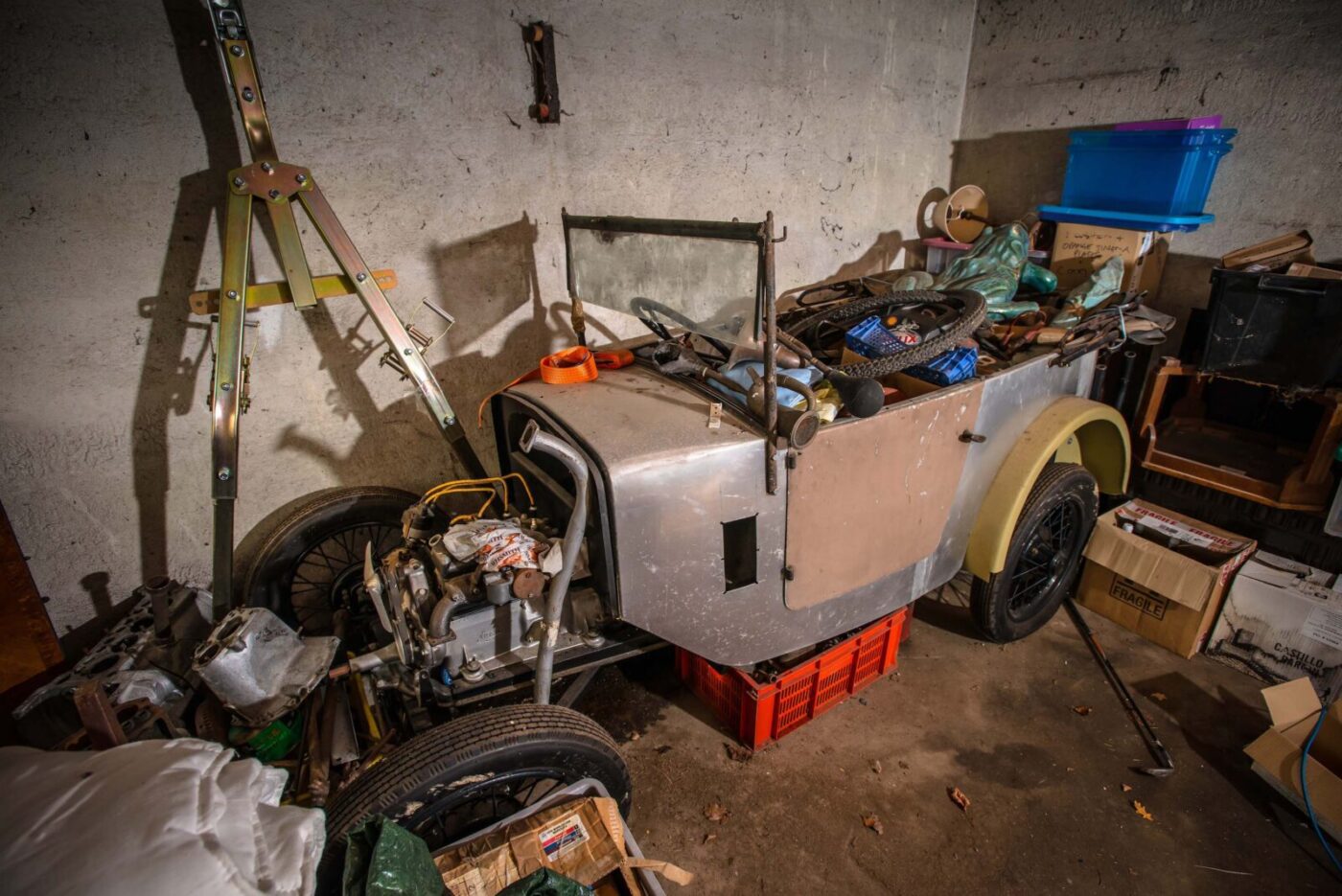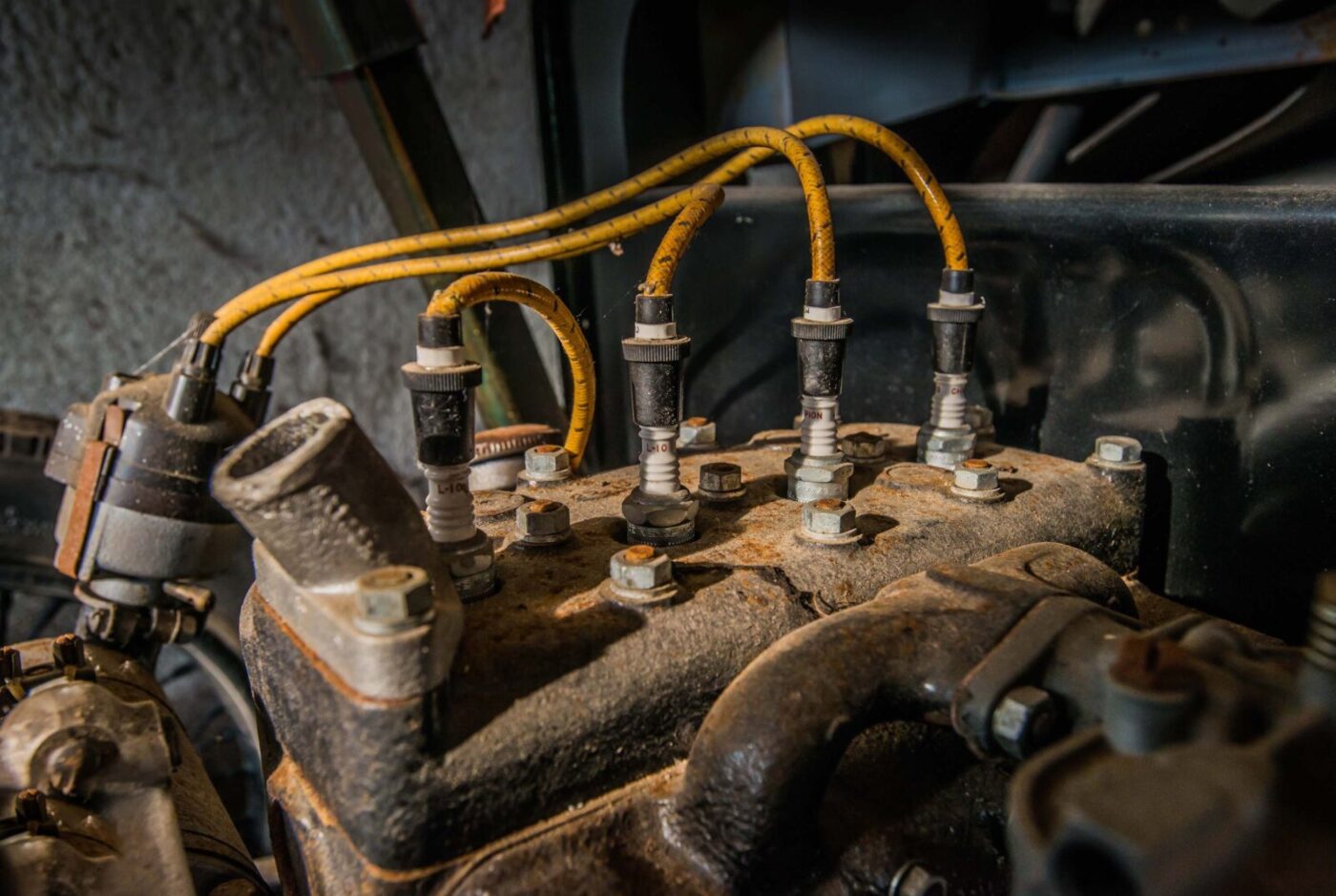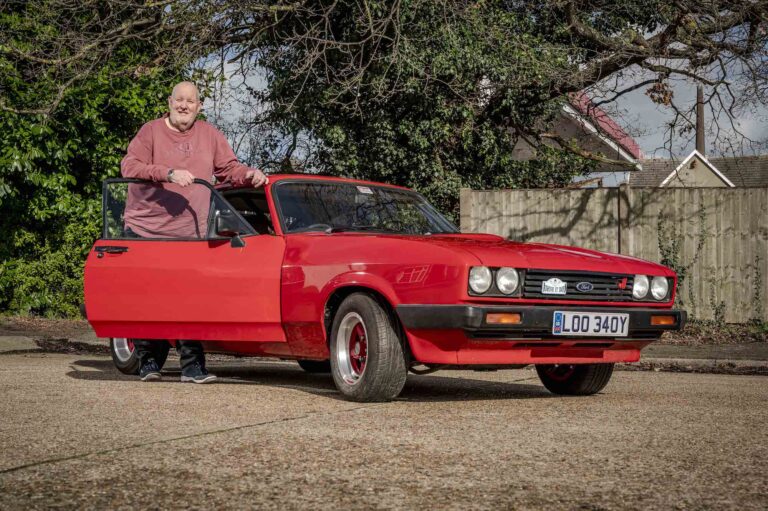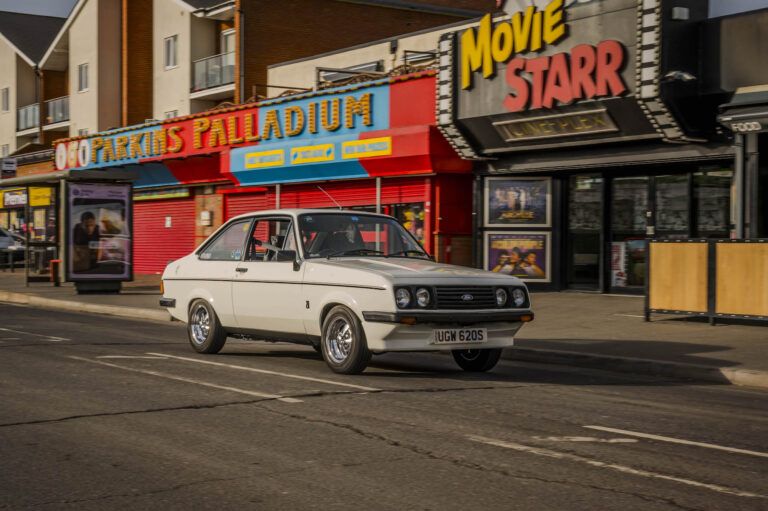In anyone’s book, Gerry Grattan’s early Range Rover was a lemon. A Friday afternoon car.
That the 1971 motor remains on the road today is little short of a miracle; that Gerry still owns it after 46 years and a litany of breakdowns is testament to his dogged perseverance.
The former soldier has shown the persistence of Robert the Bruce’s spider in the face of a catalogue of calamities that dogged the car – and British Leyland – almost from the moment it stumbled off the production line.
It had already broken down seven times by the time Gerry, now 80, gritted his teeth and bought the car for £1,600 from a friend when it was just three months old.
The car’s fortunes didn’t improve with the change of owner, with hair-raising breakdowns on the Autoroutes of France merely adding to its legacy of woe.
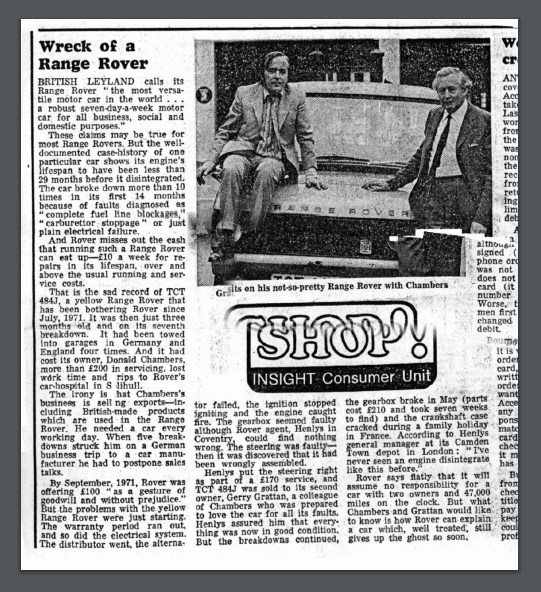
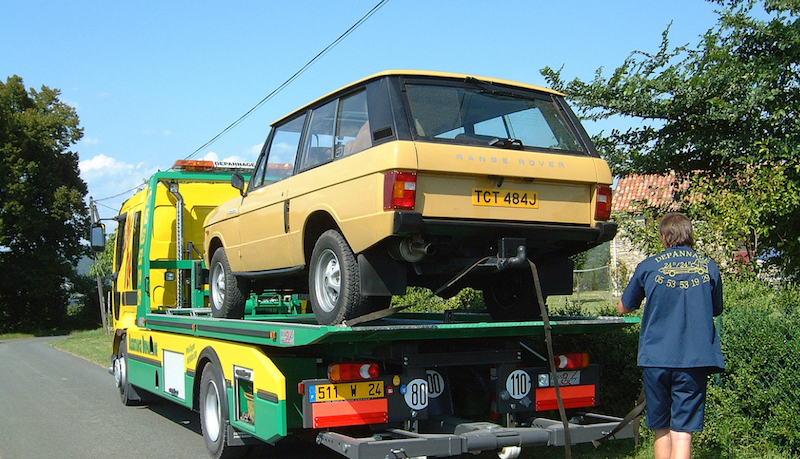
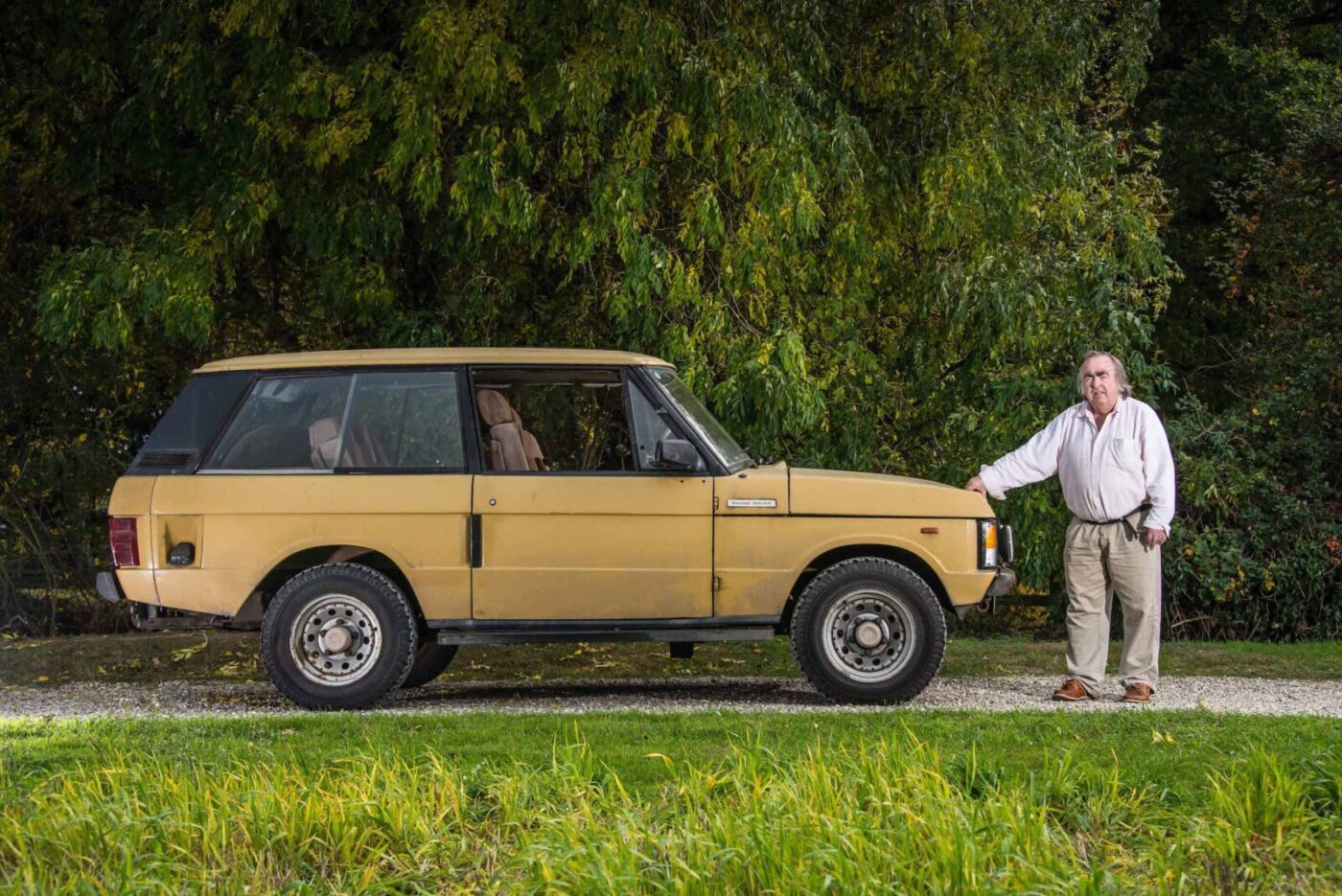

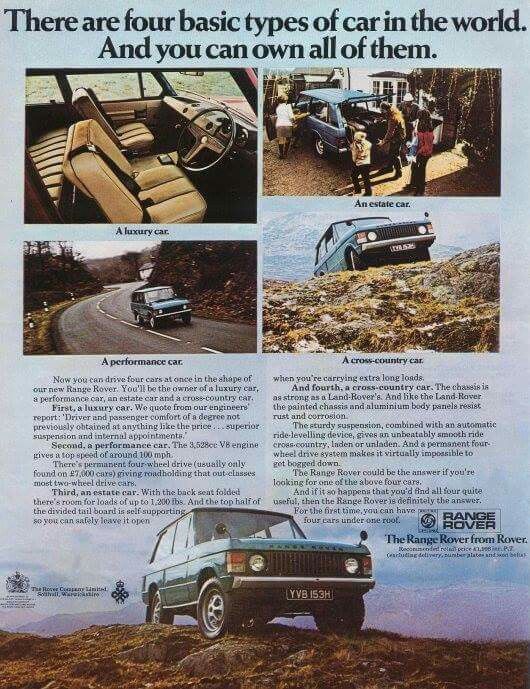
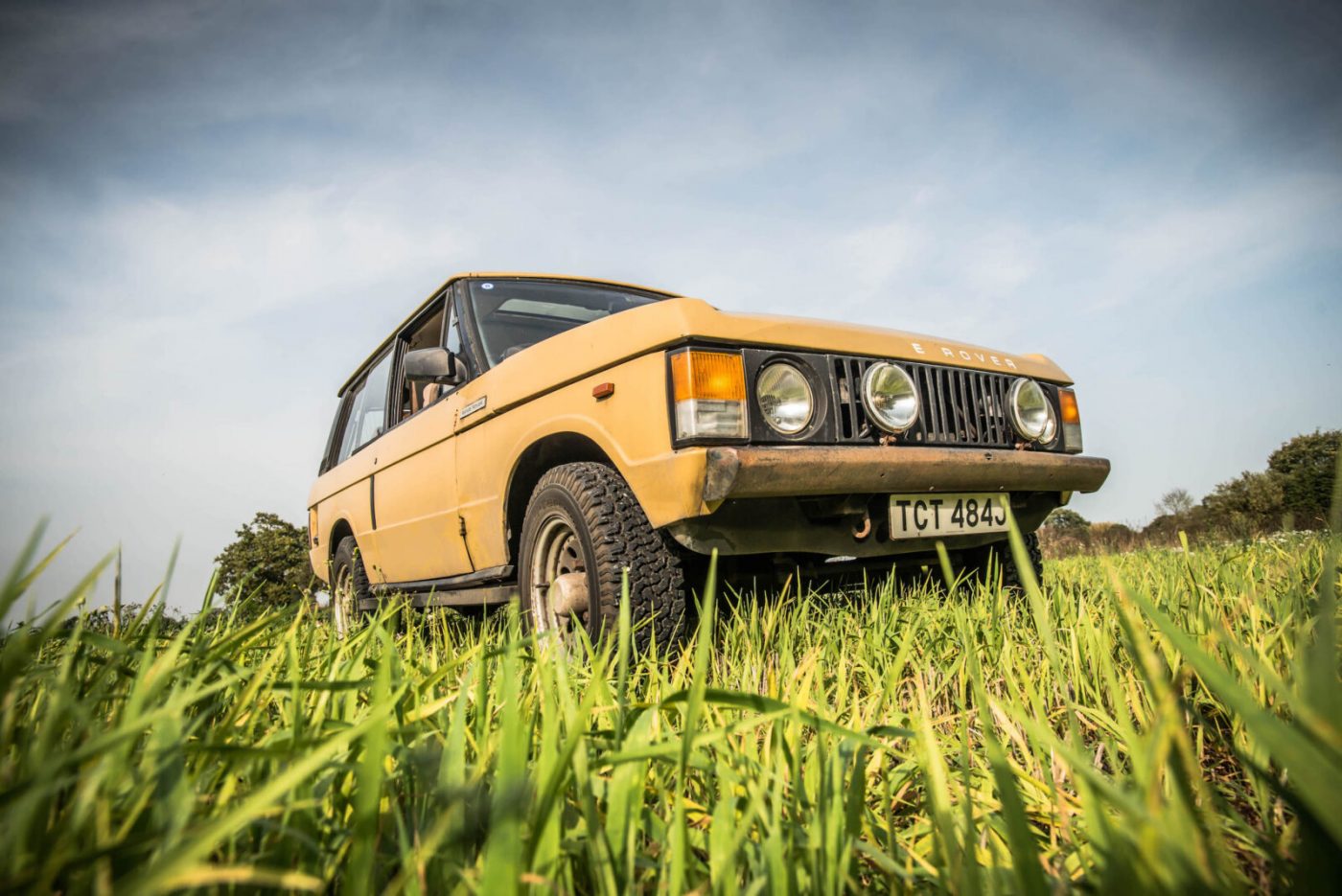
Wreck of a Range Rover
It was even featured in the Sunday Times consumer pages under the headline “Wreck of a Range Rover”, the article charting its many failures and foibles.
And yet, Gerry kept the car. He kept it because he’d loved it from the moment he saw a Range Rover in a showroom in Piccadilly.
What’s more, his grandsons, aged 14 and nine, now also love it, so the car – finally cured of its ailments thanks to a £30,000 rebuild some years ago – will remain in the family for many years to come.
Car registration TCT 484J was bought new in early 1971 by Gerry’s great friend, Don Chambers, who worked in the diamond tooling industry.
Gerry, at the time working for the government, promoting components for the British National Export Council, kept a keen eye on the domestic motor industry in the course of his work.
“I remember going up to the showrooms in Piccadilly to see the Range Rovers,” he says. “I had never seen anything like it in my life. I took away the brochure and fell in love with the thing.
READ MORE ABOUT SOME OF OUR GREATEST CLASSIC CARS WITH

A series of articles on our Cult Classics site.
You could wash you pigs down in it
“In the advertisement they made a point of the fact that it was all plastic, no furry carpets or door panels, so you could wash you pigs down in it. The idea was you could use it for a farm vehicle, but on a Saturday night you could hose it down and take your wife for a posh supper.
“I was interested enough then in cars, and thought ‘I would love one of them’.”
Not long after, Don phoned him up and said “I’ve bought one”.
It was bahama gold, a colour Gerry says “always looked like diarrhea, and still does”, and was soon to make a name for itself for all the wrong reasons.
“Don asked me to fix up an appointment with BMW in Munich – he reckoned he could offer them better than what they were doing with diamond tooling,” says Gerry, who was 34 at the time.
“With a Government calling card, I could make appointments well above my pay grade, so I arranged it and we met up at Harwich to make the crossing to Holland.
“That was the first time I saw the car, and already the thing was banging and stopping and farting.
“We hobbled across Holland and Germany and arrived at Munich. There were four or five directors from BMW with us at the top of the Munich building. One of them looked out of the window and saw the Range Rover – they hadn’t yet seen one so when we had done Don’s business they asked to inspect it in their director’s car park.
“They thought it looked lovely, wonderful. We got in and waved at them and were about to leave when the damn thing would not start. It was a fiasco!
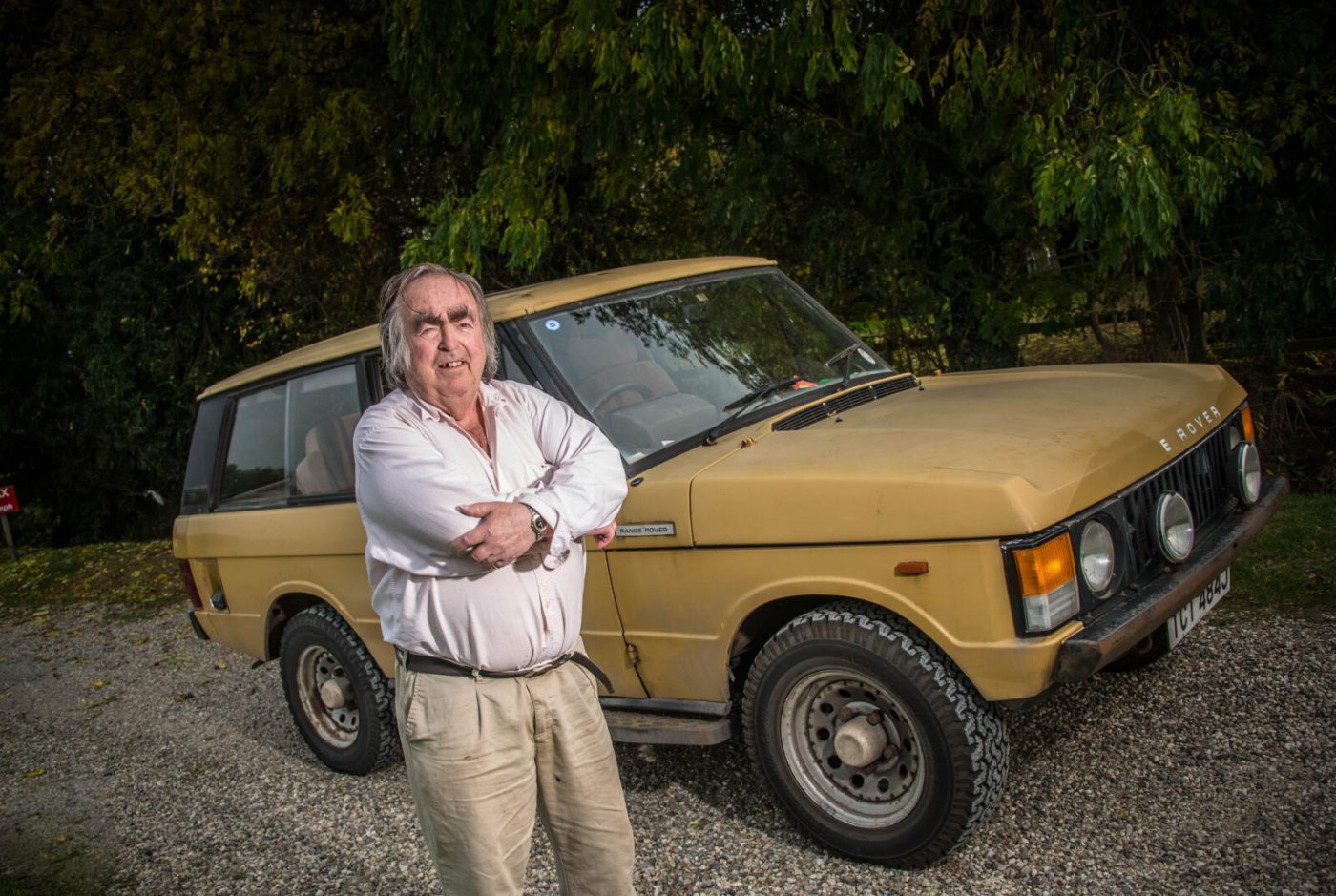
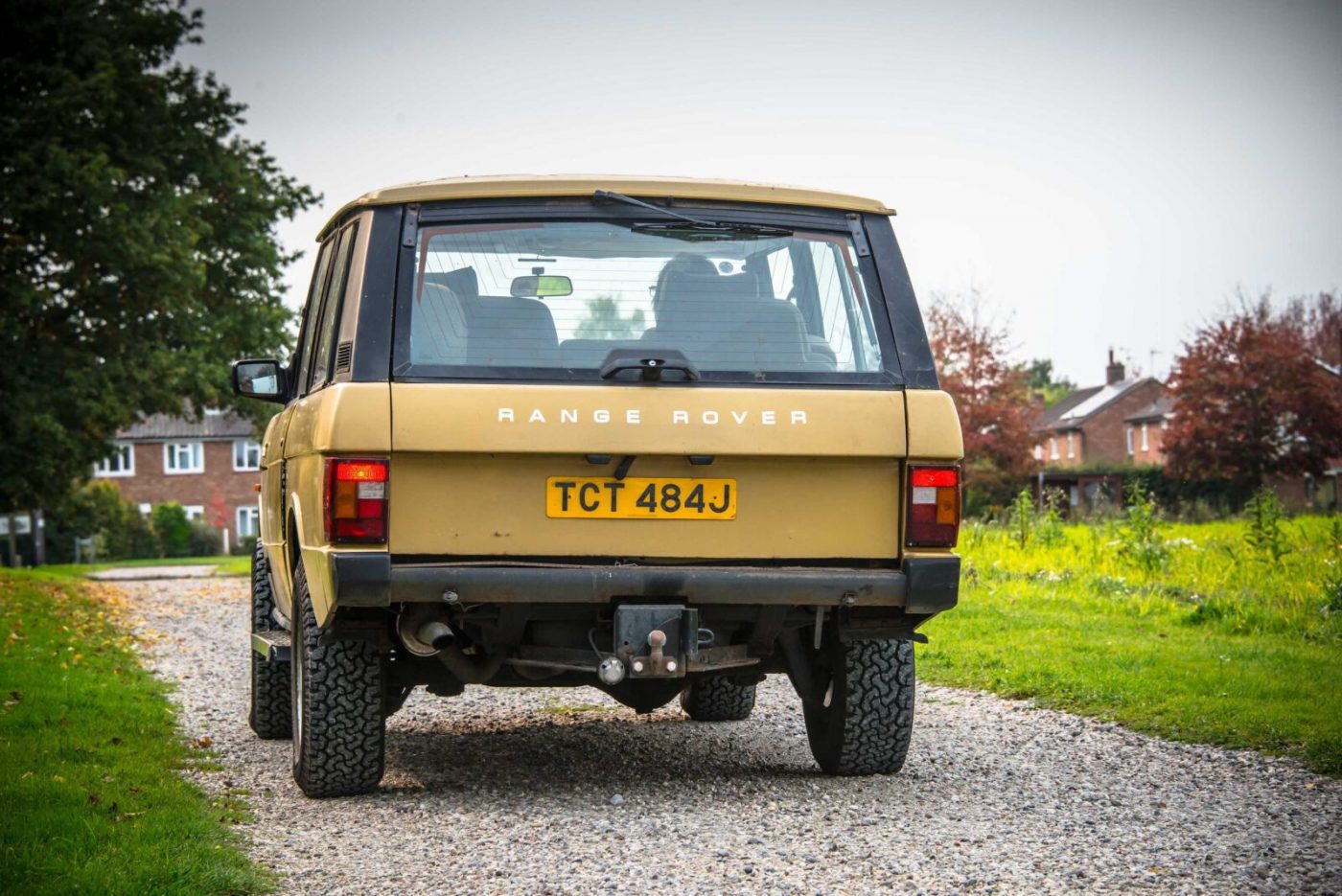

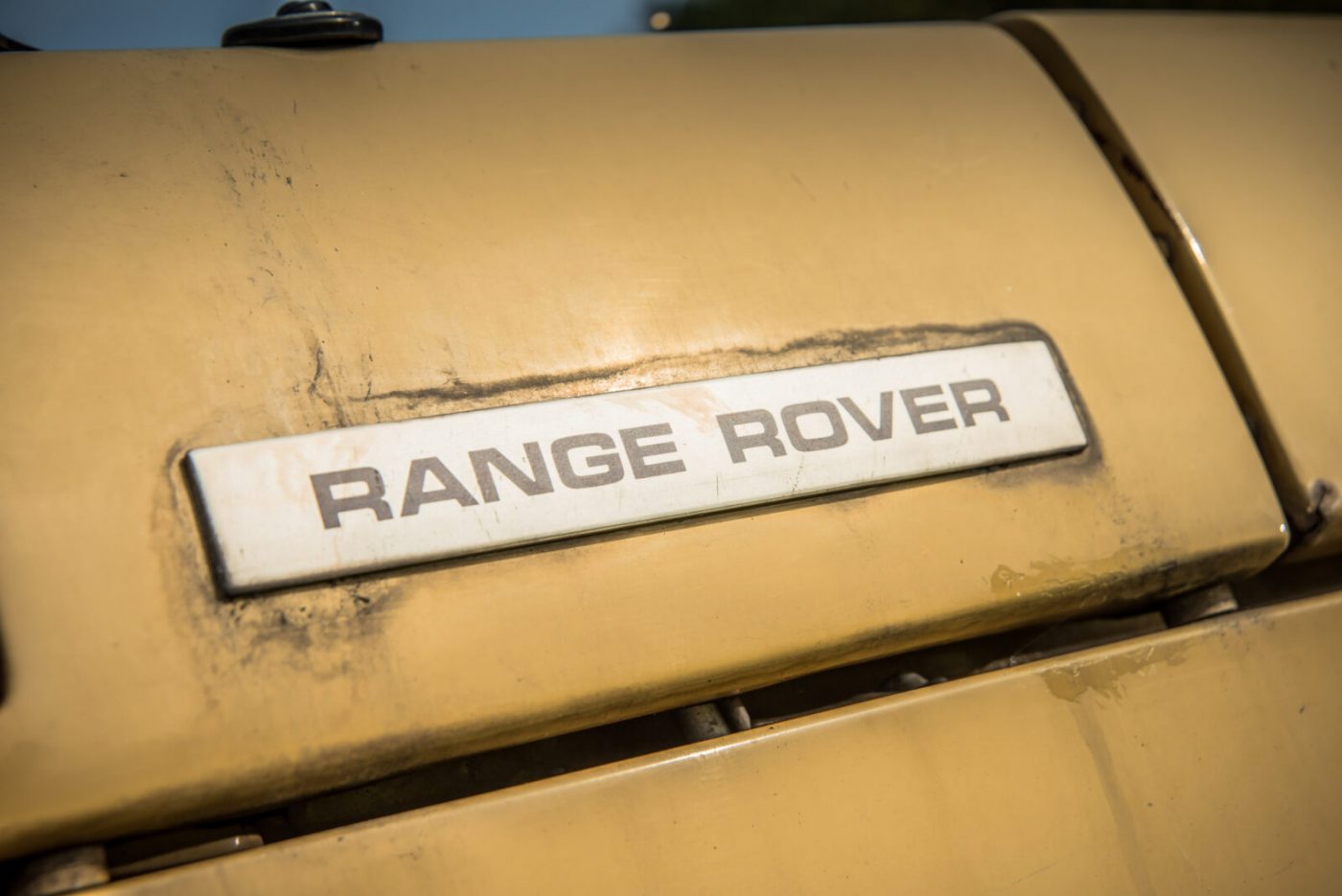
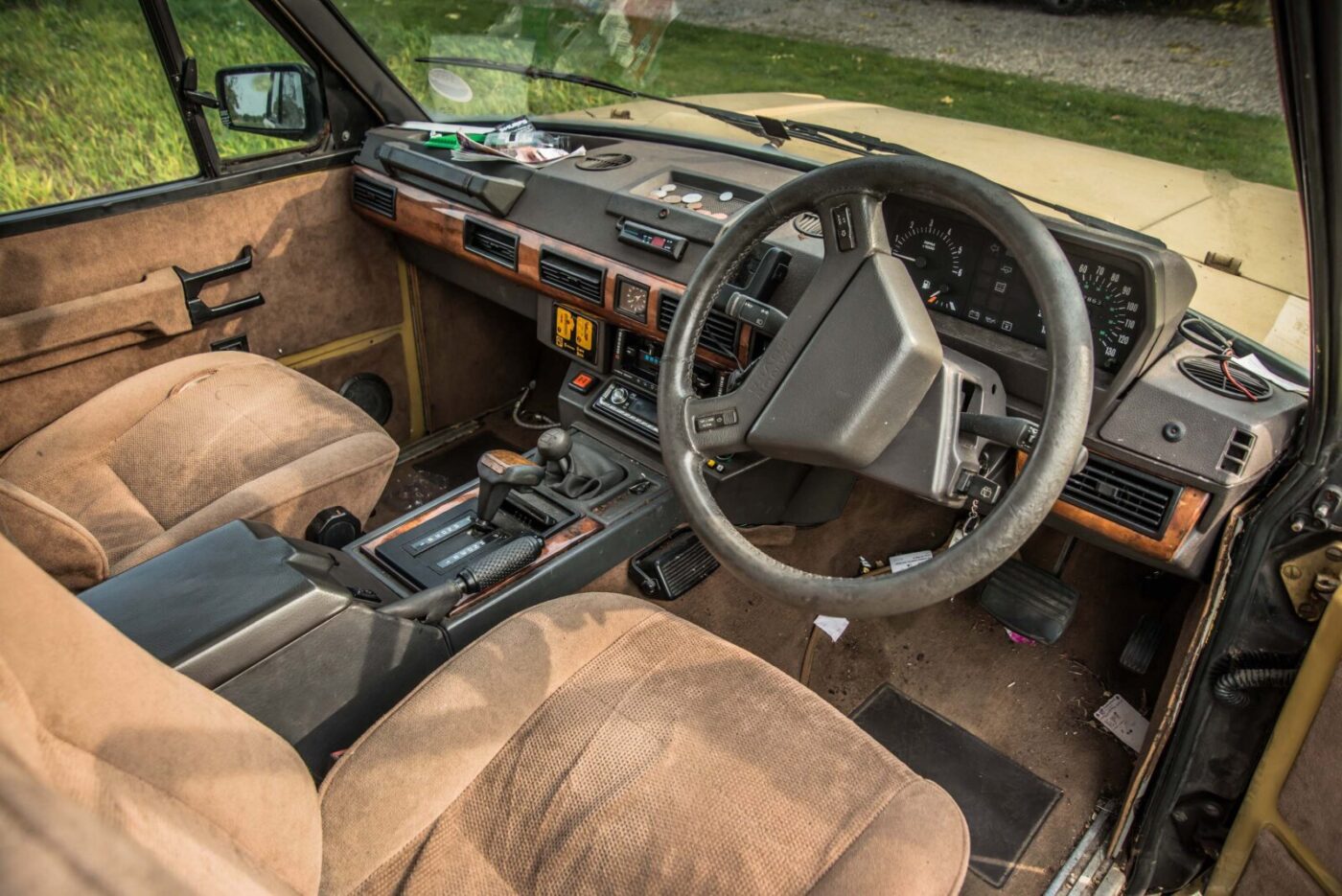
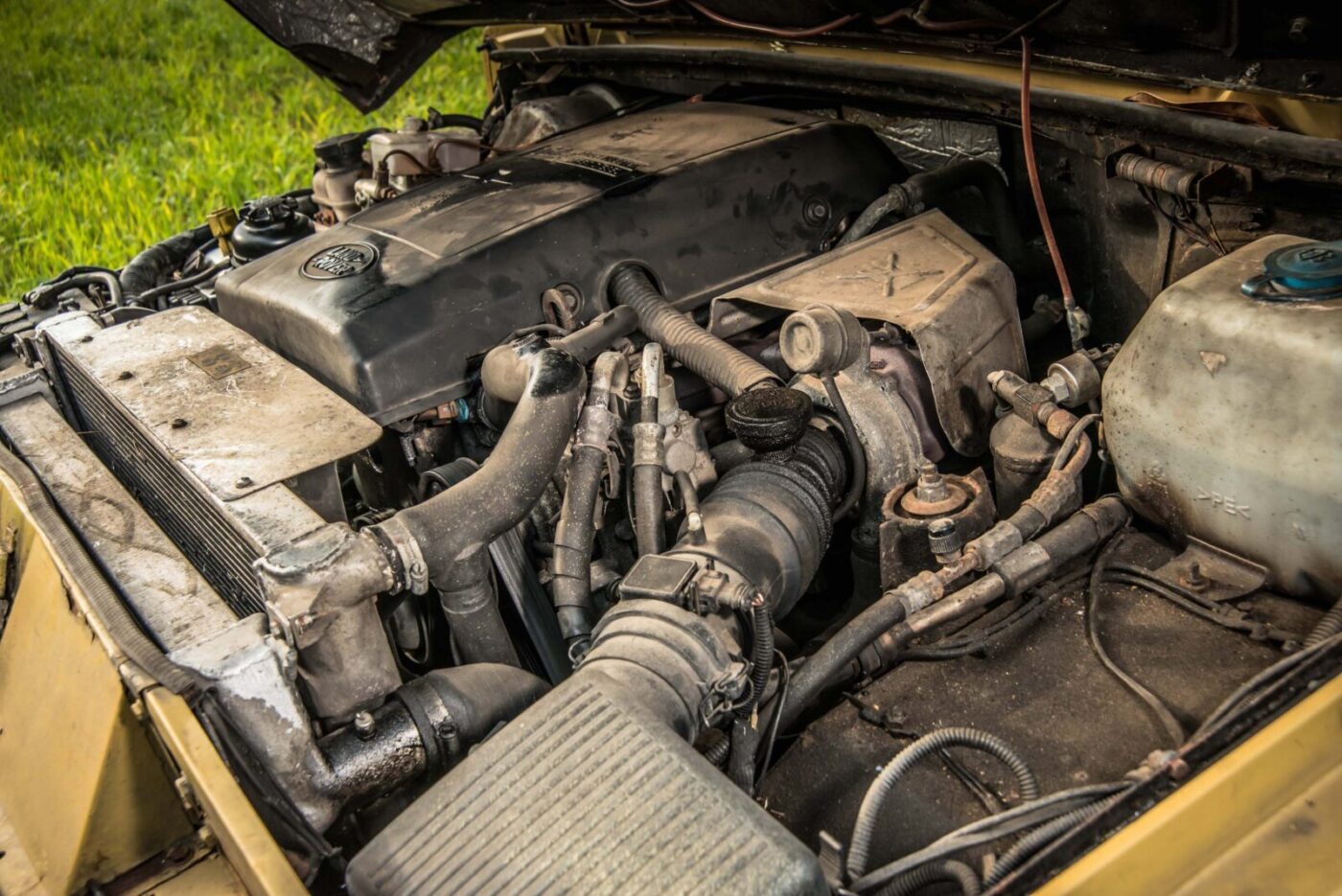
I think they were laughing at us
“They got behind us and gave us a friendly push. At one point one of them thought we were having a joke. I think they were laughing at us.”
British Leyland described the Range Rover as “the most versatile motor car in the world…a robust seven-day-a-week motor car for all business, social and domestic purposes”.
Throughout its lengthy production run, the big off-roader has certainly earned such an accolade.
But not TCT 484J, which had already suffered from “complete fuel line blockages”, “carburetor stoppage”, electrical failure, been towed into garages in Germany and England four times, and made several trips to Rover’s car hospital in Solihull by the time Gerry agreed to buy it.
Rover dealer Henlys, in Coventry, assured Gerry that the car’s problems were all behind it. But, in truth, they’d only just begun.
“I had inherited a bit of money – not a fortune, but enough to buy it, and I used it as a vehicle to start working for myself,” he says.
“But it never did a single run without some big trouble or other until, finally, its V8 engine simply flew apart while we drove back from a Mediterranean holiday.
“The con rod broke and you could see the remains poking its way out of the engine. The AA got it back to London.”
The supposedly robust V8 had given up the ghost after just 29 months, and Henlys general manager at its Camden Town depot said: “I’ve never seen an engine disintegrate like this before.”
Gerry enlisted the help of lawyer Sidney Rutter, a firm friend who arranged the story in the Sunday Times after BL baulked at replacing the engine, which had covered 47,000 miles.
“The story was attached to Don because, as a company managing director, he carried a little more clout,” says Gerry.
“Anyway, it did the trick, because BL provided and fitted a new V8 engine, but only after the article appeared!”
Even with a new engine, there was always something else to go wrong, including the sort of thing you’d normally see in a Herbie movie.
81.5% of customers could get a cheaper quote over the phone
Protect your car with tailor-made classic car insurance, including agreed value cover and discounts for limited mileage and owners club discounts

I heard a clunk as I drove along
“Returning from holiday once more through Lyon the Autoroute, I heard a clunk as I drove along,” remembers Gerry, whose wife and two young children were with him.
“This wheel overtook me – I promise you, it’s true! I finally recognised it as my wheel and brought the car to a halt. It was absolutely extraordinary.
“The rear wheel which had simply split in two…they were made of two pressings put together. If the welds broke what you’ve got is half a wheel still bolted to the car and the other half bowling down the road. I was damn glad to get out of the thing and stop.
“I was not best pleased with British engineering then.”
Gerry’s work took him all over Europe, and the Range Rover went with him when he and his wife moved to Andalucia in southern Spain.
“It went fairly well for a while, and it wasn’t our only car by then,” says Gerry. “We bought a Discovery, which worked well up to a point but also had its problems.
“When my daughter got married we pulled out of abroad altogether and brought the Range Rover back, where it proceeded to give a lot more trouble.”
At the turn of the millennium, with the old V8 proving expensive to run – even at 2000 fuel prices – Gerry faced a choice.
“It had been sitting inactive in Spain as an occasional car, sat out there in a garage for years, and I remember thinking I could either buy a new Discovery or throw money at the old Range Rover,” he says.
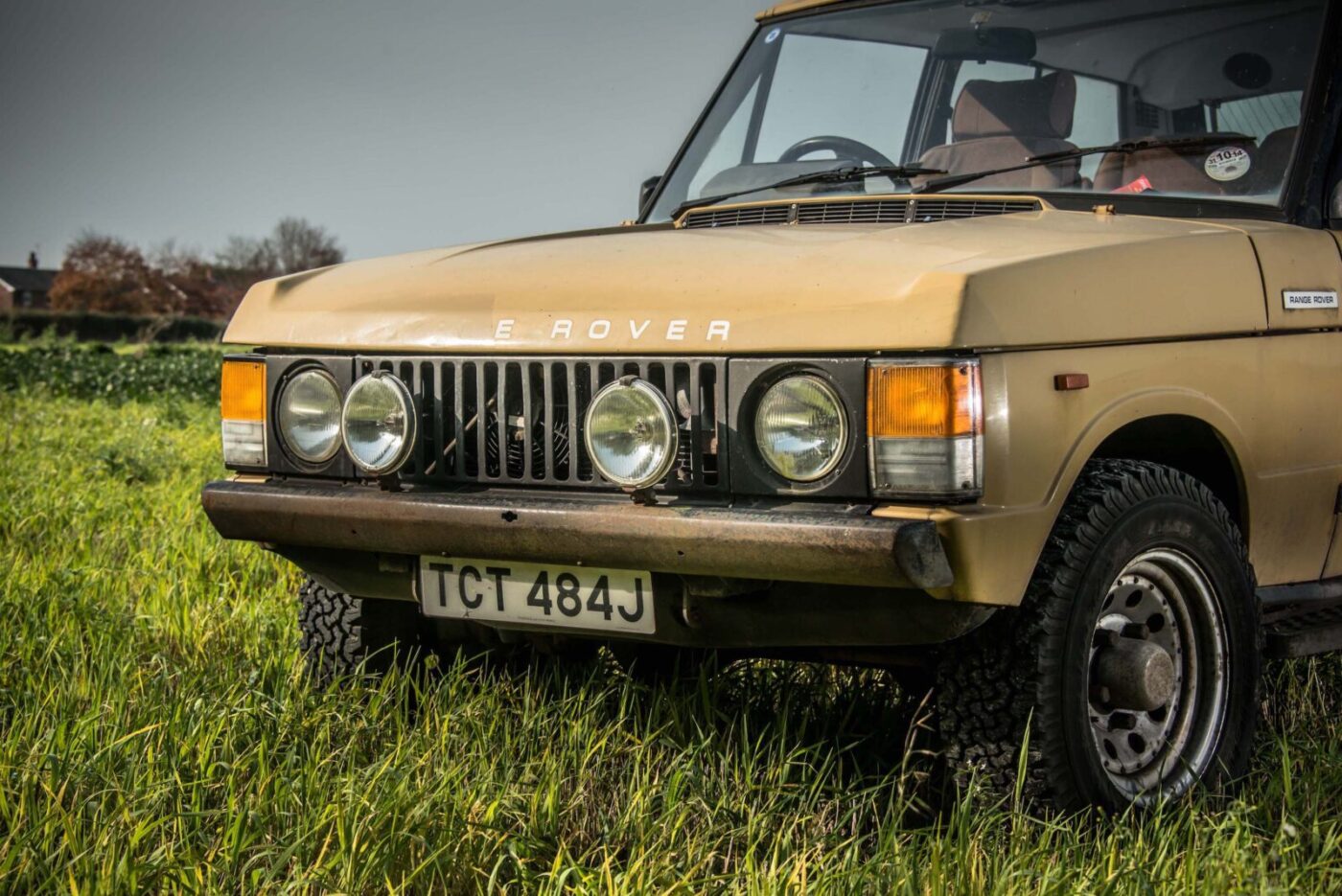
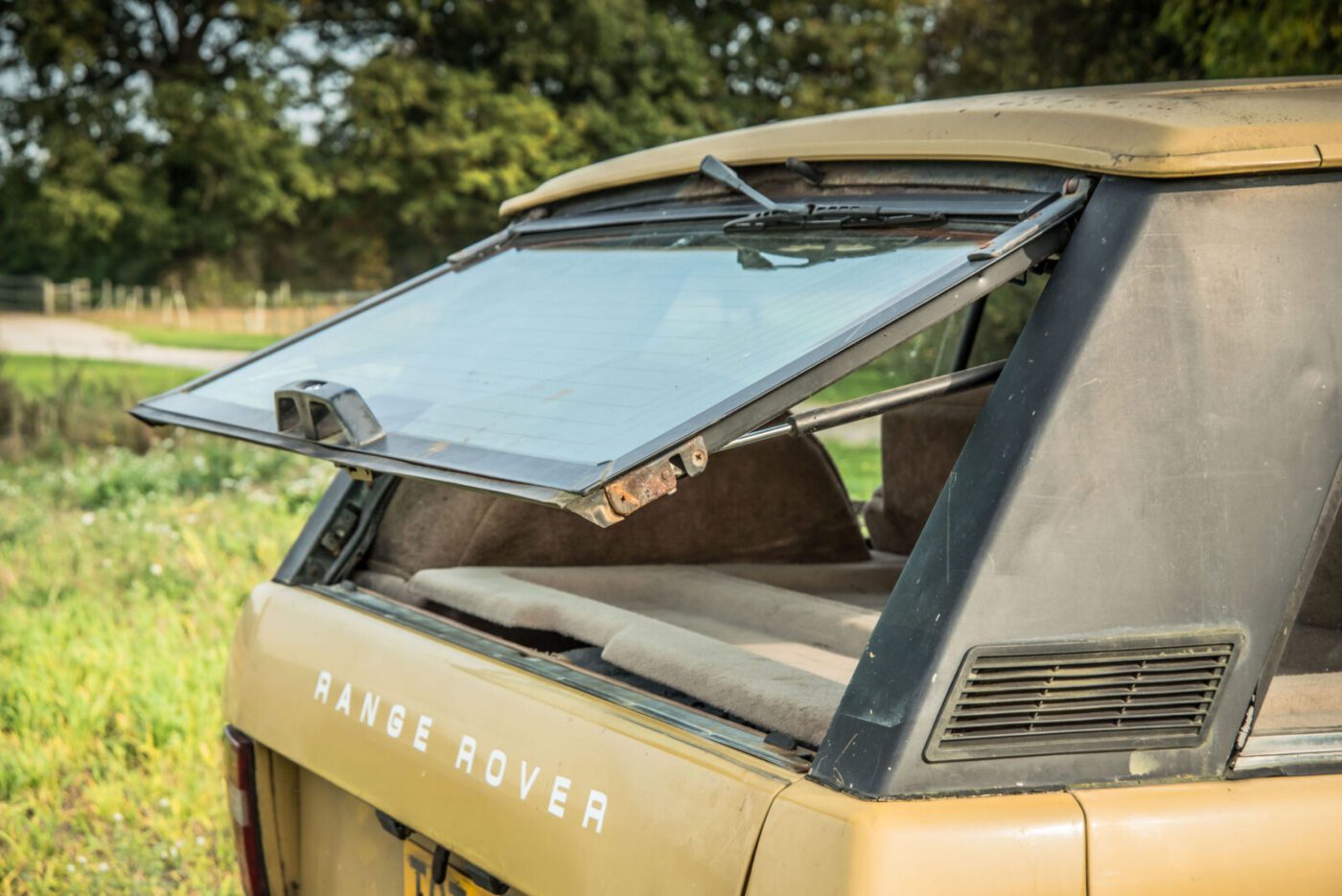
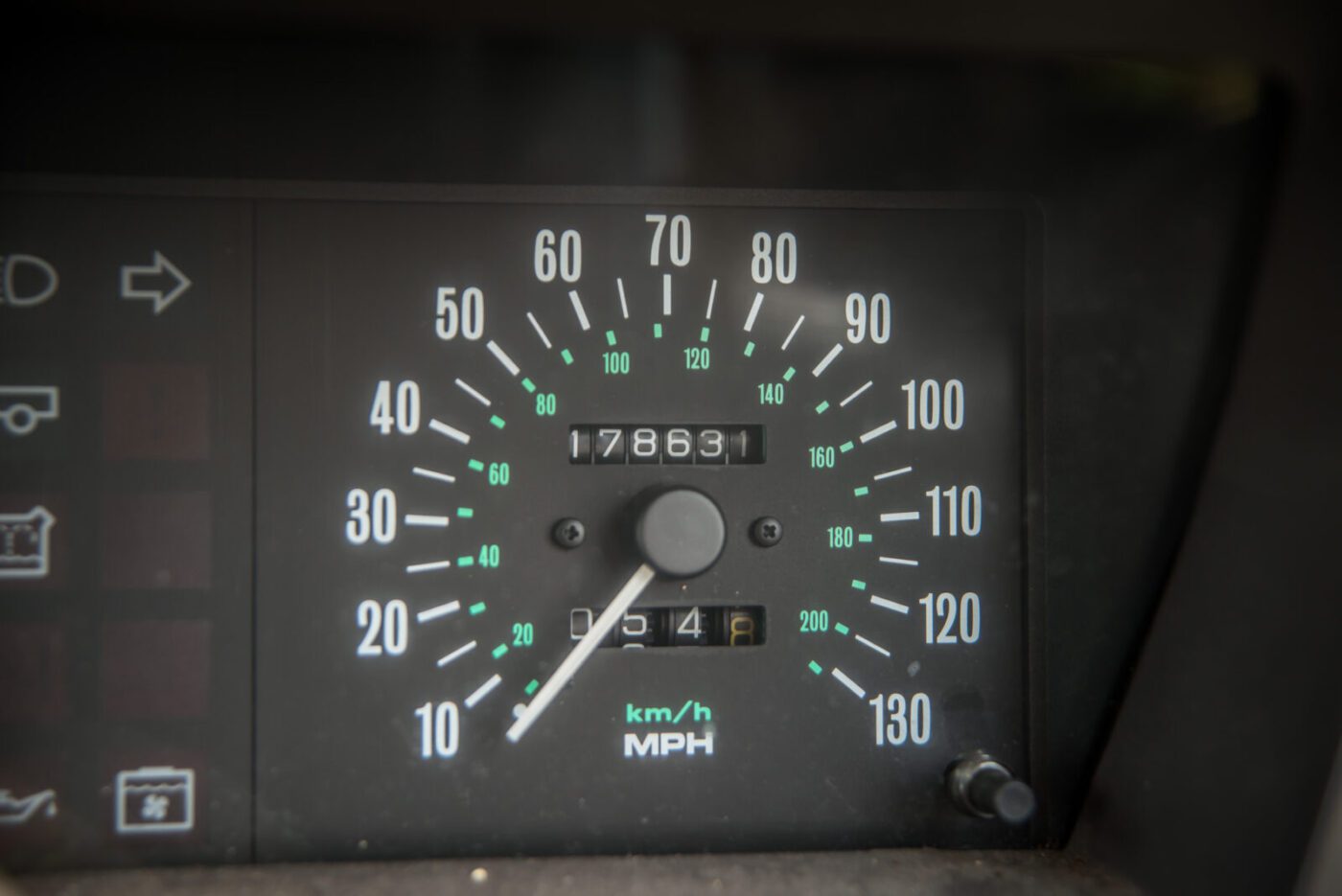
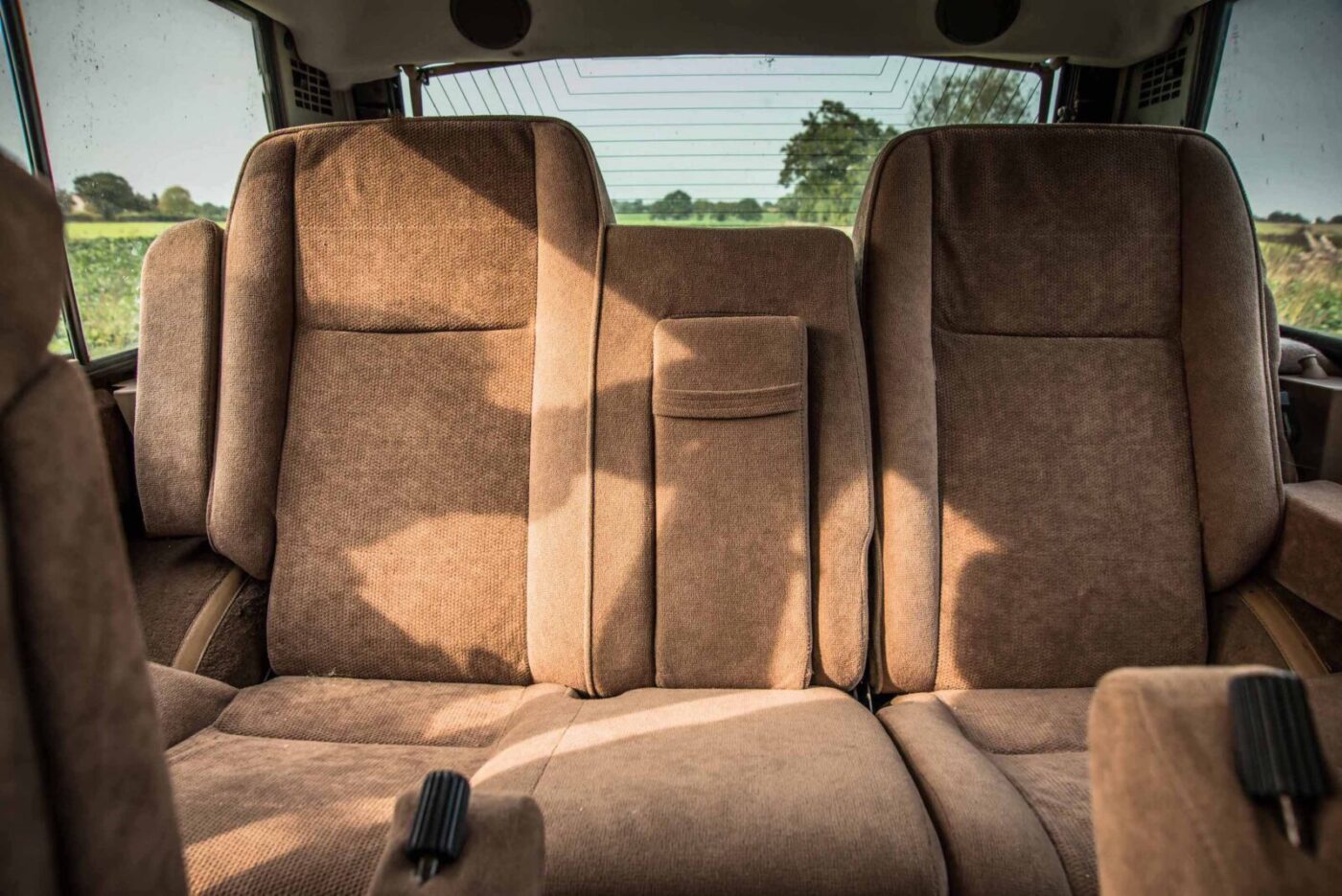
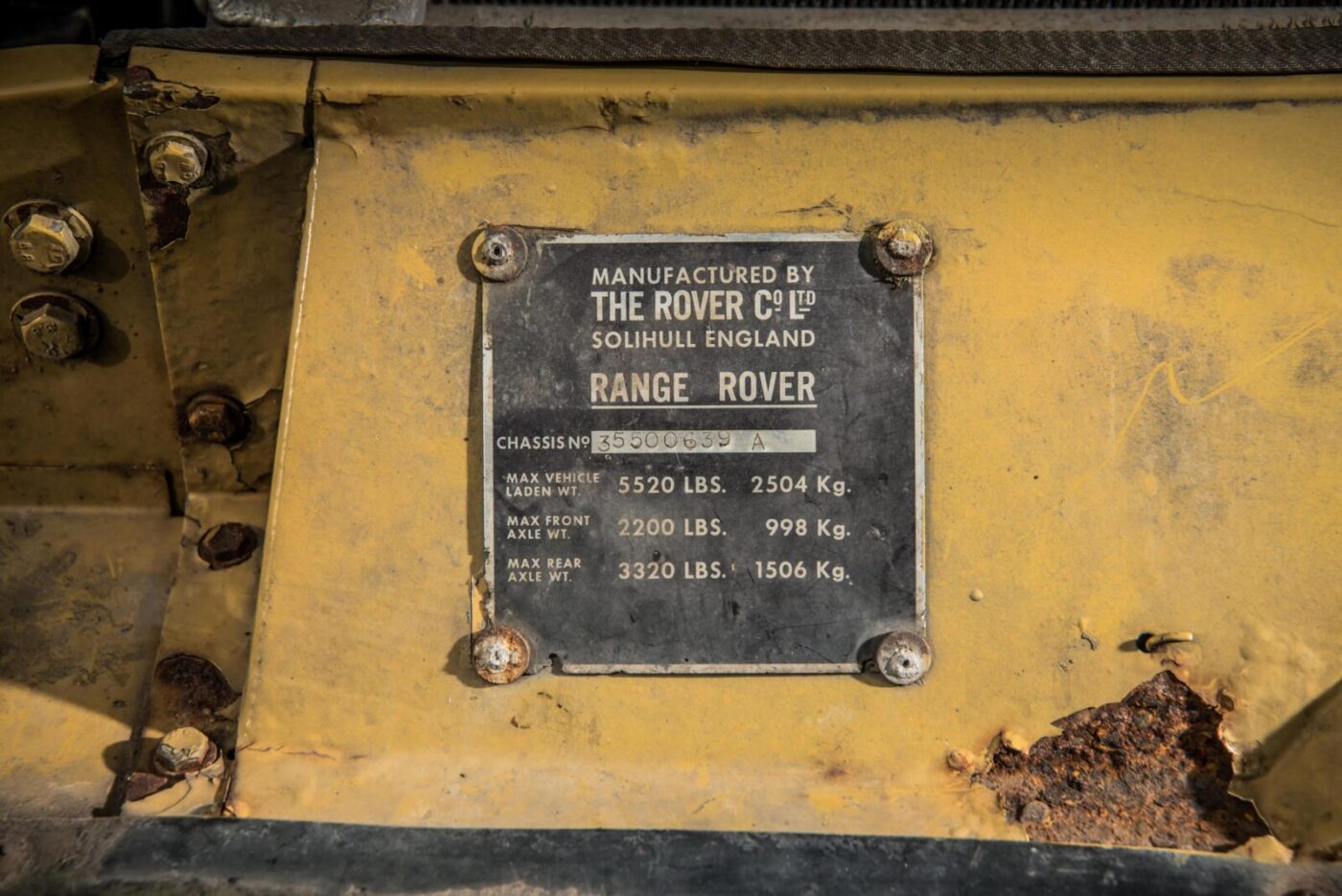
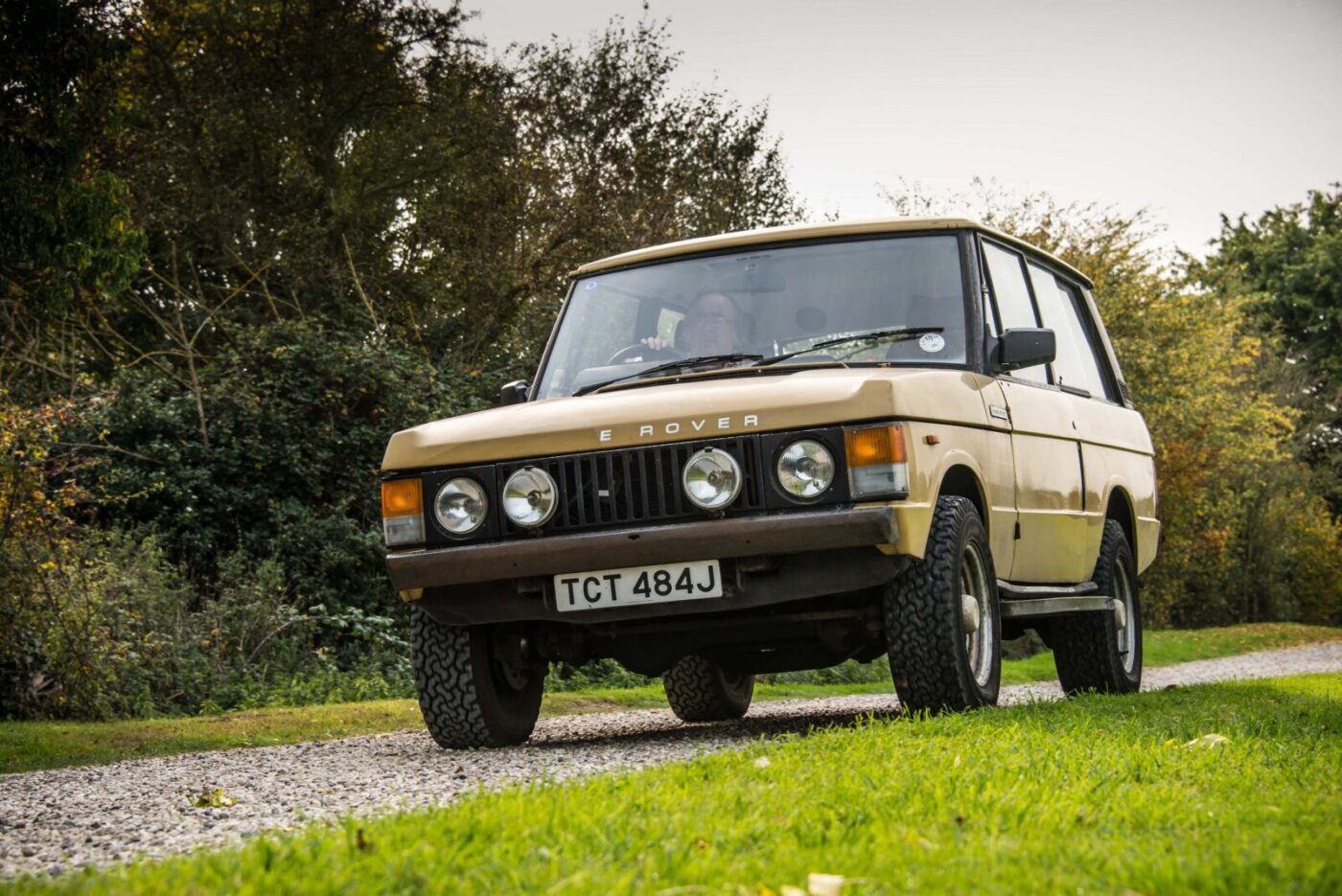
Nostalgia was working on me
“I think some sort of feeling of nostalgia was working on me, so I paid a company called Warwick 4×4 about £30,000 I think to do absolutely everything to it.”
The Range Rover received its third engine since new, a Td5 diesel unit, while the electrics were upgraded and modern creature comforts like power steering added.
“It turned out all the software was rubbish!” says Gerry. “The darned thing kept on stopping, stalling, breaking down and misbehaving.
“It turned out Warwick 4×4 had bought an experimental electrics unit that had never been properly tested. Luckily I found someone who would renew the software, and since then it’s worked well enough. In fact, it’s perfect!
“You can see it’s modern if you open the bonnet, but it looks the same from the outside. It’s now got a sunroof, and furry seats and fluffy door panels, so you couldn’t hose down your pigs in it.”
These days, the car – despite wearing its age on its battle-scarred body – is finally reliable after 46 years of misdemeanours that have tested its loyal owner to beyond the limit of most motorists.
Despite the presence of a Toyota that’s never let Gerry down in 10 years, it’s the Range Rover that picks up the grandchildren on the school run.
READ MORE ABOUT SOME OF OUR GREATEST CLASSIC CARS WITH

A series of articles on our Cult Classics site.
They love grandad’s funny old motor cars
“They love grandad’s funny old motor cars. I’m not allowed to pick them up from school on the Toyota, it has to be the yellow car,” he says.
“I think it makes them feel more important in the large, grand car.”
The other “funny old motor car” in grandad’s garage goes back even further than the Range Rover – a 1929 Austin 7 Chummy bought in 1959 and one day destined for Gerry’s eldest grandson.
“I paid £15 for it, which was two weeks salary in those days,” he says.
“It was our only car for at least four or five years. We drove through the Pyrenees to Spain it in. My wife was with me and we were very new together – I was less interested in the car than in my companion!
“It was lovely, we had tremendous fun in that. It was very reliable – there’s not much to go wrong, I knew all the moving parts by name.
“The expensive very old cars are the worst ones, like Bugatti – they didn’t work properly. But Austin 7s were like the Model T Fords, reliable affordable little cars.
“I never sold it because I had the room to keep it and there was always this mild nostalgia of ‘I will do that up one day’.
“It’s part of the family. Cranky family, cranky cars!”
